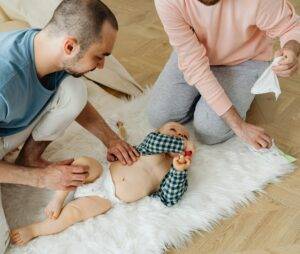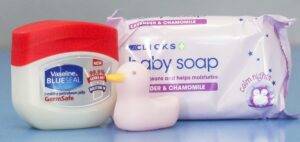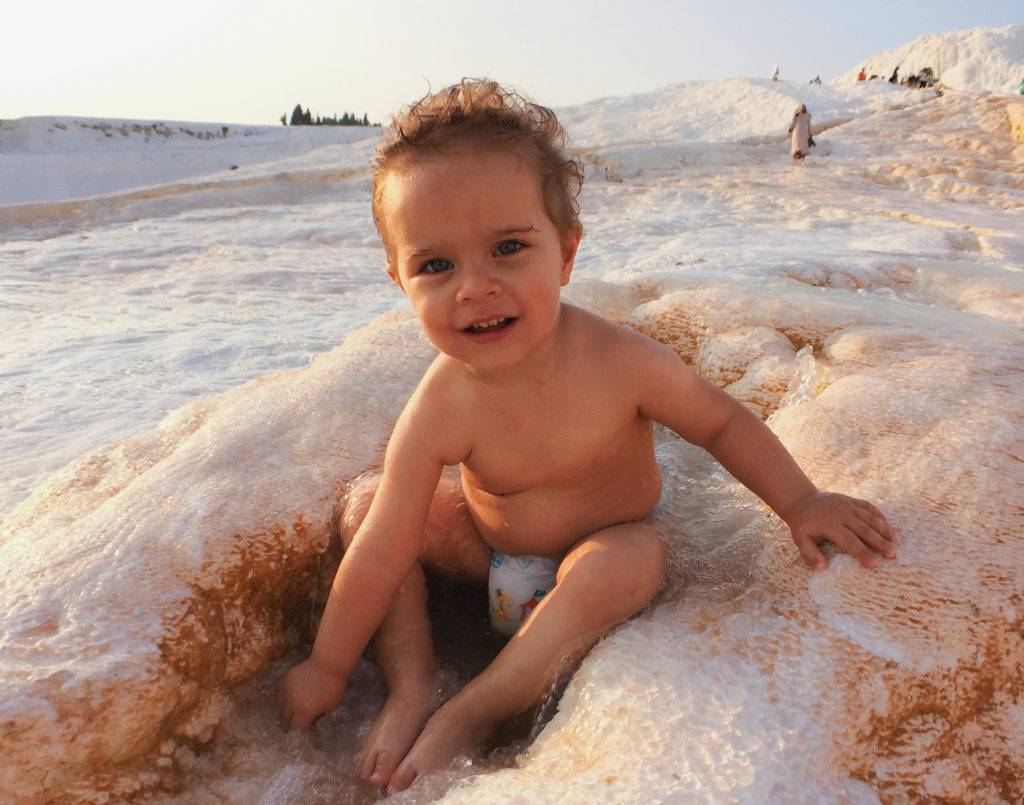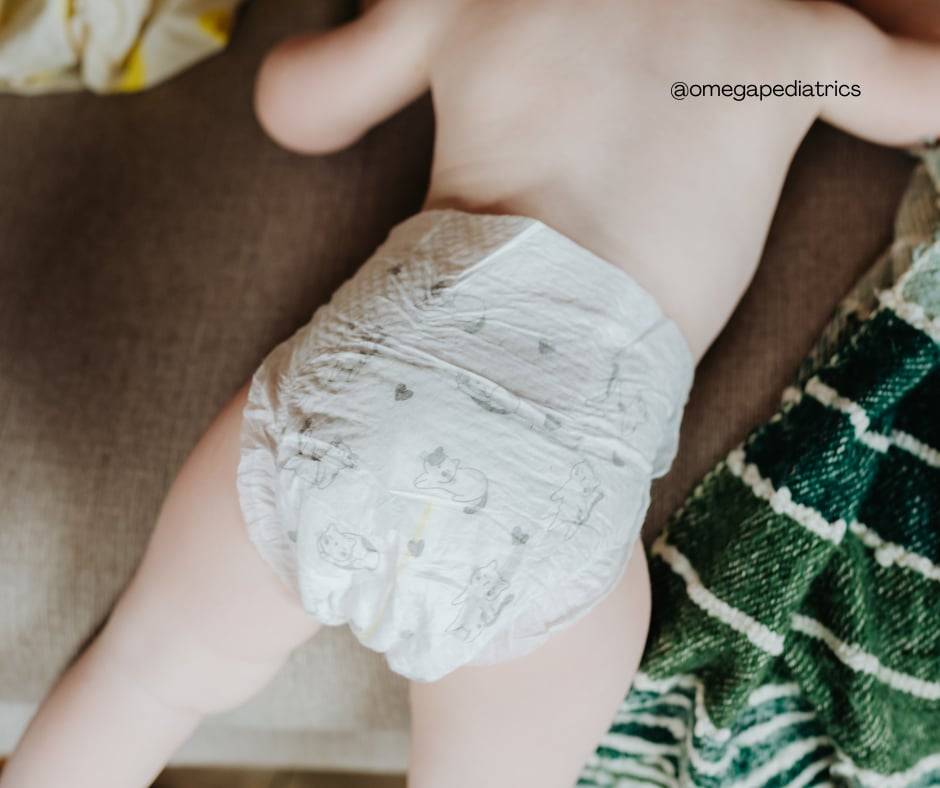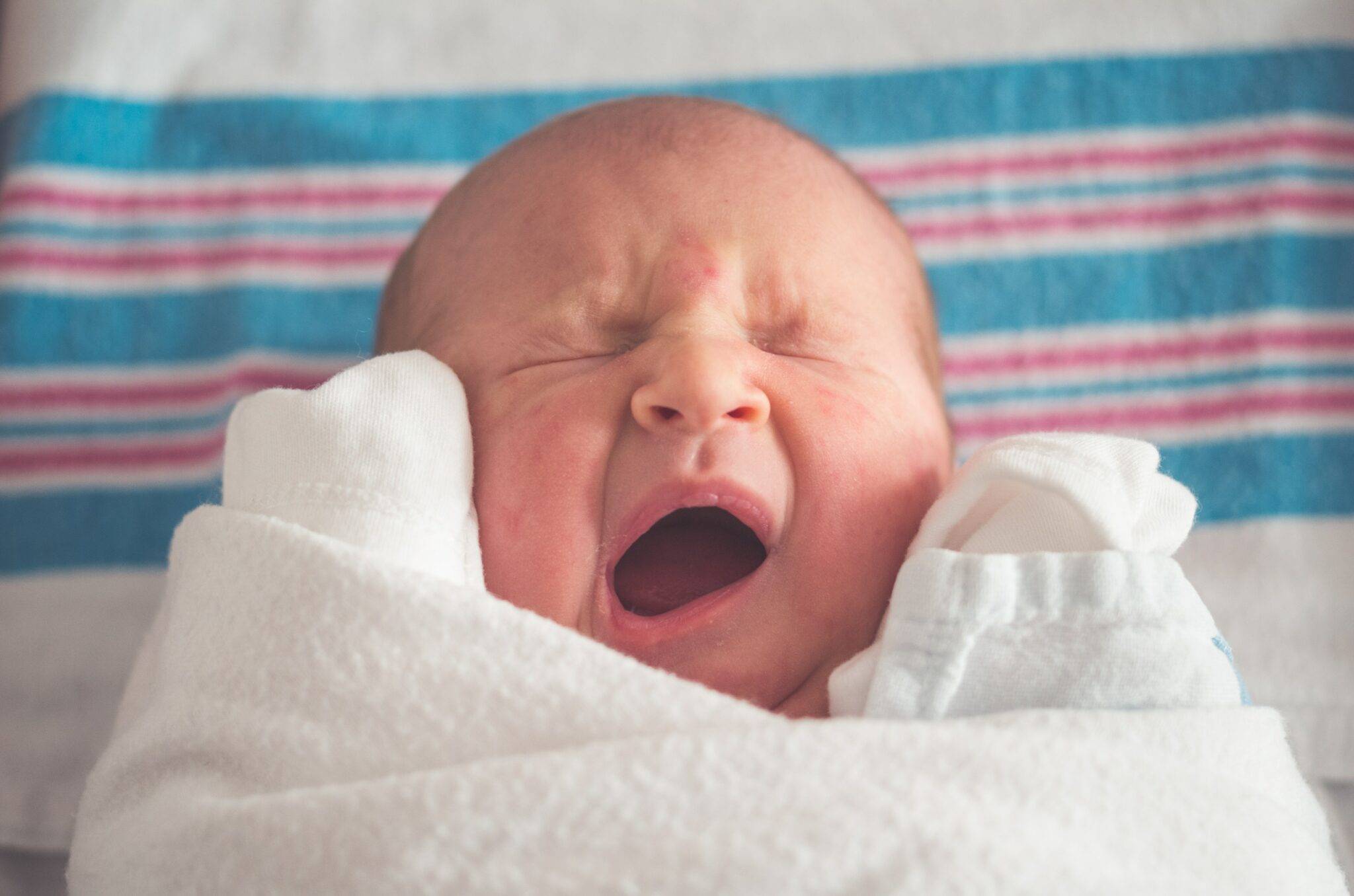One of the first things new parents notice about their newborn is their delicate, sensitive skin. So, it’s natural to worry when your newborn baby skin red. Whether it’s a temporary flush, blotchy patches, or a more persistent rash, redness in a newborn’s skin can raise concerns.
The good news is that in most cases, newborn baby skin red skin is normal and resolves on its own. Understanding the causes of newborn baby skin red will help you care for your baby’s sensitive skin. This article will discuss the various reasons your newborn baby’s skin may appear red, ranging from completely harmless conditions like baby acne to more serious concerns like infections. We will also provide helpful tips to manage and treat the most common causes of newborn red skin.
Why Newborn Baby Skin Red?
Before diving into specific causes, it’s essential to understand how different your newborn’s skin is compared to your own. Newborn skin is thin and delicate, making it more prone to irritation, redness, and dryness. Your baby’s skin is about 20% thinner than an adult’s, making it sensitive to temperature changes and environmental factors. This explains why you may notice redness, peeling, or blotchiness in the first few days or weeks of life.
Developing Circulatory System
One of the primary reasons why newborn baby skin red is the immature circulatory system. After birth, your baby’s body has to work hard to adapt to life outside the womb. Blood circulation isn’t uniform throughout the body, particularly in the hands and feet. This uneven circulation causes patches of redness or a bluish tint, especially when your baby is cold or crying. This is typically harmless and resolves as your baby’s circulatory system matures over the first few weeks.
You might wonder about other common newborn issues, check out this article for a related topic: 18 Common Concerns Parents Have During Their Baby’s First Pediatric Visit
Common Causes of Red Skin in Newborns
Now that you understand why newborn skin is more prone to redness, let’s closely look at some common causes. While most of these conditions are nothing to worry about, be watchful of your baby’s skin and consult your pediatrician if you have concerns.
1. Erythema Toxicum: A Normal Newborn Rash
This is one of the most common rashes in newborns. Despite its alarming name, this condition is entirely benign and affects about half of all newborns. It usually appears within the first few days of life. The symptoms are:
- Red blotchy patches typically appear on the face, chest, and limbs.
- Small white or yellow bumps at the center of the red spots.
- The rash may come and go over a few days but doesn’t seem to cause any discomfort for the baby. It spreads over different parts of the body.
This rash is not dangerous and doesn’t require any treatment. It will usually clear up on its own within a week or two. If the redness persists beyond two weeks or the rash becomes severe, consult your pediatrician to rule out other conditions.
2. Baby Acne: Tiny Pimples on Red Skin
This affects around 20% of babies. It usually appears within the first two to four weeks of life and lasts several months. Baby acne looks like small red or white bumps, primarily on the face, but it can also appear on the neck, back, and chest. The exact cause isn’t entirely clear, but it’s thought to be related to maternal hormones circulating in the baby’s bloodstream after birth. These hormones stimulate the baby’s oil glands, leading to clogged pores and acne. How to manage:
- Keep your baby’s skin clean by gently washing it with warm water and mild, fragrance-free soap.
- Avoid scrubbing the affected skin areas or using over-the-counter acne treatments, which can irritate the skin further.
- Be patient, as baby acne typically clears up within a few weeks or months, so no medical treatment is needed.
3. Heat Rash: Overheating and Skin Irritation
Also known as prickly heat or miliaria, this is a common condition in newborns, especially in warm or humid climates. Newborns have underdeveloped sweat glands, which can become easily blocked when they get too hot. This causes small red bumps or blisters in skin folds, like the neck, armpits, or diaper area. Heat rash usually resolves once the baby cools down, with no special treatment necessary. Here’s how to prevent and treat it:
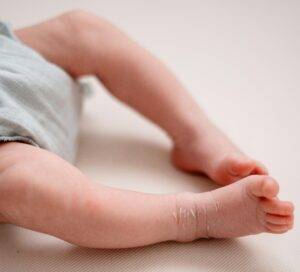
- Dress your baby in light, breathable clothing made of cotton or other natural fabrics, particularly in warm weather or indoors in heated environments.
- Avoid overbundling, overdressing, or swaddling your baby in thick blankets, which can trap heat.
- Keep the baby’s room at a comfortable temperature and well-ventilated, especially during sleep.
- If a heat rash develops, keep your baby cool using a fan or air conditioning. You can also give them a cool bath to soothe irritated skin.
While heat rash is not dangerous, keeping your baby from overheating is essential, as this condition can cause discomfort. If the rash doesn’t go away or gets worse, it’s best to consult your pediatrician to rule out other skin problems.
4. Diaper Rash: A Common Cause of Red Skin in the Diaper Area
This is one of the most frequent causes of red, irritated skin, especially in the diaper area. The constant exposure to moisture from urine and stool, combined with the friction of diapers, can easily lead to irritation. Diaper rash ranges from mild redness to severe cases with blisters or sores. Diaper rash can be managed at home with proper skin care. In some cases, a fungal infection may be present, which requires antifungal treatment. Here’s how to prevent and the treatment:
- Change your baby’s diaper frequently, ensuring your baby’s skin stays as dry as possible.

- Clean the diaper area with water and a soft cloth at every diaper change. Avoid using wipes that contain alcohol or fragrance.
- Apply a protective barrier cream or ointment, such as zinc oxide or petroleum jelly, to shield the skin from moisture.
- Allow a diaper-free time daily to let the baby’s skin breathe and heal.
Most diaper rashes clear up with these simple measures. However, if the rash doesn’t improve or becomes severe, your pediatrician evaluates the rash to check for possible yeast infections or other concerns that require prescription treatment.
Learn more about zinc oxide in this article: Zinc Oxide: The Miracle Cream for Your Child’s Skin Woes
5. Jaundice: When Red Skin Turns Yellow
This causes a yellow tint to the skin and the whites of the eyes due to an excess of bilirubin in the blood. However, in some babies, jaundice can initially cause a red or flushed appearance, particularly in the face and chest. Jaundice is very common in newborns, affecting about 60% of full-term babies and up to 80% of preterm babies.
Jaundice occurs when there is too much bilirubin in the blood, a yellow pigment produced during the breakdown of red blood cells. The liver is not yet fully developed in newborns, so it may not efficiently process and remove the bilirubin.
How Is Jaundice Treated?
In mild cases, jaundice usually resolves as the baby’s liver matures. However, in severe cases, your doctor recommends phototherapy, using special lights to help break down the excess bilirubin in the baby’s skin. If you notice signs of jaundice, such as yellowing of the skin or eyes, consult your pediatrician for proper evaluation and treatment.
6. Cradle Cap: Flaky, Red Skin on the Scalp
Also known as seborrheic dermatitis, this is a common condition in newborns affecting the scalp. It appears as scaly, flaky patches, accompanied by redness or irritation. While it looks concerning, it’s harmless and doesn’t cause discomfort. In most cases, it resolves on its own within a few months. Here’s how to manage:
- Wash your baby’s scalp with a mild baby shampoo every few days.
- Use a soft brush to remove the flakes after shampooing. It exfoliates the scalp after washing.
- Avoid picking or scratching the affected areas, as this can irritate the skin further.
The cradle cap may spread to other body parts or become severe. In these cases, consult your pediatrician, who may recommend special shampoos or treatments to manage the condition.
7. Allergic Reactions: Sensitivity to Products or Fabrics
Although less common, red skin in newborns can be an allergic reaction. Newborns have sensitive skin and can react to various substances, including lotions, soaps, laundry detergents, and fabrics. Contact dermatitis is an allergic reaction when the skin comes into contact with an irritant or allergen, leading to redness, itching, or swelling.
How to Prevent Allergic Reactions
- Stick to fragrance-free and hypoallergenic baby products, including soaps, lotions, and laundry detergents.
- Wash new baby clothes before use to remove any chemicals or potential irritants.
- Avoid rough or scratchy fabrics that may irritate your baby’s sensitive skin.
If you suspect an allergic reaction, discontinue using the new product and consult your pediatrician. Your doctor may recommend testing or treatments if the rash doesn’t improve with basic care.
When Should You Worry About Newborn Baby Skin Red
While most cases of red skin in newborns are harmless and temporary, there are certain situations where you should seek medical attention. Contact your pediatrician if you notice any of the following:
- Redness appears swollen, swelling, pus-filled bumps, warm to the touch, or other signs of infection.
- A fever in a baby younger than three months.
- Rashes that do not improve or worsen over time even with basic care.
- Difficulty breathing, swelling of the face or lips, or other signs of severe allergic reaction.
Keep a Close Watch on Your Baby’s Skin
Seeing red patches or blotches on your newborn’s skin can be concerning, but most causes of red skin are normal and resolve on their own. Understanding common conditions gives you confidence in managing your baby’s skin health.
Consult your pediatrician for concerns or when you notice unusual symptoms, as they provide the best guidance for your baby’s needs. Keeping a close eye on your baby’s skin and using gentle care practices protects your newborn from irritation and keeps them comfortable during those precious first few weeks of life.


